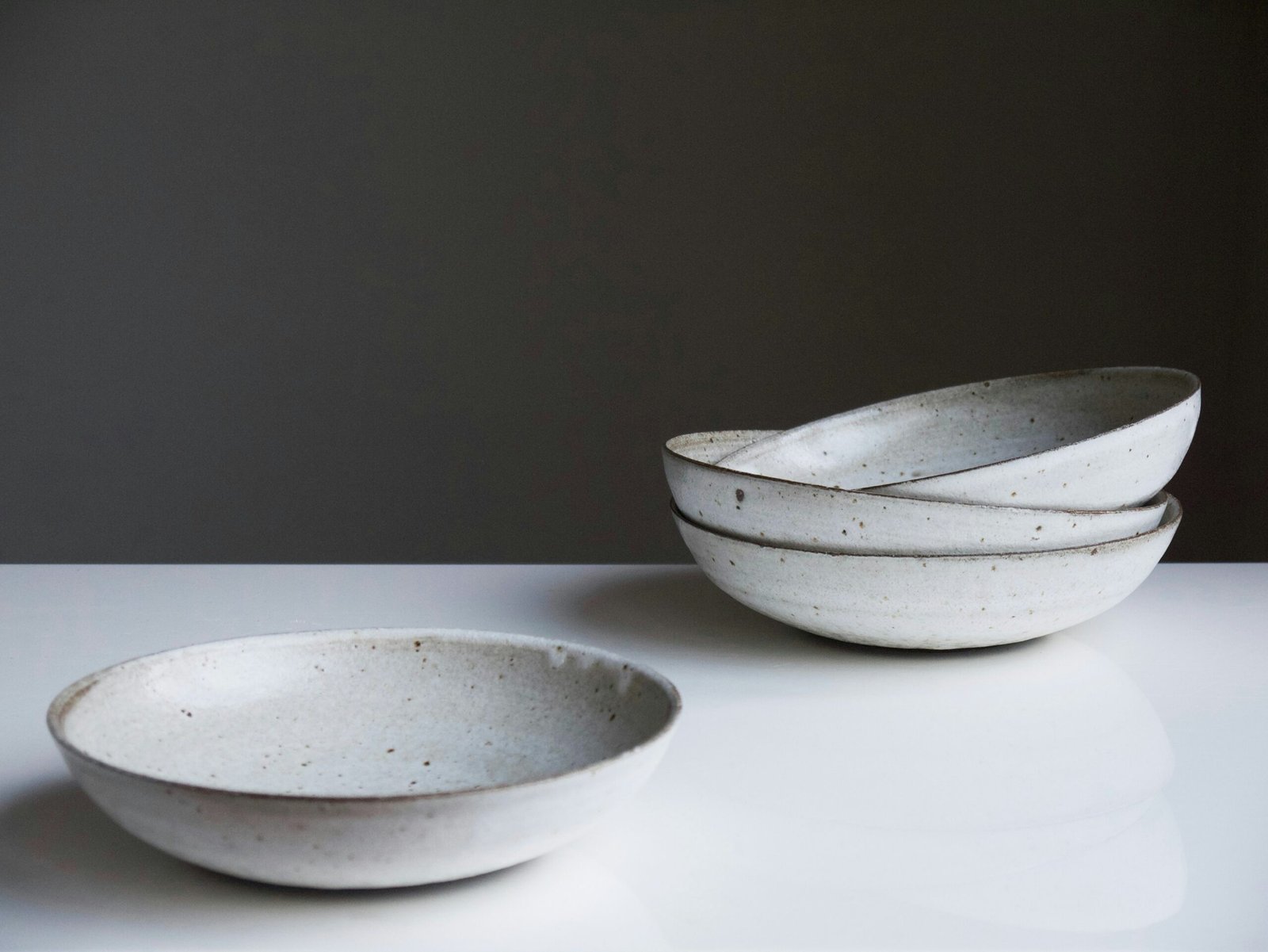
Choosing between ceramic and stoneware might seem trivial, but the differences between these two materials can significantly impact their durability, functionality, and aesthetics. This article provides an in-depth comparison of ceramic vs stoneware, exploring their history, composition, physical properties, and uses. By the end, you’ll have a clear understanding of which material is better suited for your needs.
History of Ceramic vs Stoneware
Ceramic and stoneware have played crucial roles in the evolution of tools and utensils throughout history. Ceramic, one of the oldest forms of human artifacts, has existed since prehistoric times, used for everything from containers to decorations. Stoneware, on the other hand, is a variety of ceramic that appeared later and is known for being more robust and durable due to its high-temperature firing process.
Physical Properties and Composition of Ceramic vs Stoneware
Ceramic
Ceramic is made from a mixture of clay and other natural materials, which are shaped and then fired at high temperatures. The variety and type of clay, along with the firing temperature, determine the density and durability of the ceramic. Generally, ceramic is more porous and less durable than stoneware.
Stoneware
Stoneware, while also made from clay, is fired at higher temperatures than common ceramics, making it denser, less porous, and more durable. This increased density gives it its renowned durability and ability to retain heat better than other types of ceramics.
Durability and Strength: Ceramic vs Stoneware
One of the key factors distinguishing stoneware from ceramic is its durability.
Ceramic
Ceramic is more prone to chipping and breaking due to its higher porosity and lower density. It is ideal for decorative items and light-use tableware where aesthetics are more important than durability.
Stoneware
Stoneware, with its higher density and lower porosity, is much more resistant to impacts and temperature changes. This makes it ideal for kitchenware that needs to withstand high temperatures and daily use, such as plates, bowls, and casseroles.
Uses in the Kitchen: Ceramic vs Stoneware
Ceramic
Ceramic is commonly used in making tableware, jugs, and decorative items. Its aesthetic appeal and variety of finishes make it popular for food presentation and occasional use.
Stoneware
Stoneware is preferred for kitchenware that requires high durability, such as baking dishes, pots, and mugs. Its ability to retain heat makes it excellent for serving hot foods, and its resistance makes it suitable for daily and frequent use.
Cost Comparison: Ceramic vs Stoneware
Ceramic
Ceramic items tend to be more affordable due to their lower production and material costs. They are a great option for those looking for aesthetics and functionality at an accessible price.
Stoneware
Stoneware is usually more expensive due to its more intensive manufacturing process and superior durability properties. However, investing in stoneware can be more cost-effective in the long run due to its longevity.
Aesthetics and Visual Appeal: Ceramic vs Stoneware
Ceramic
Ceramic offers a wide variety of colors, finishes, and designs, making it highly customizable and aesthetically versatile. It is ideal for those looking to add a touch of style and art to their tableware and decoration.
Stoneware
While stoneware also comes in various shapes and styles, it generally presents a more rustic and robust appearance. Its more natural and earthy finish makes it popular in kitchen designs that seek a more organic and authentic look.
Heat Retention and Thermal Conductivity: Ceramic vs Stoneware
Ceramic
Ceramic has moderate thermal conductivity, meaning it does not retain heat as well as stoneware. This can be an advantage or disadvantage depending on the intended use.
Stoneware
Stoneware excels in heat retention, making it ideal for keeping food warm for longer periods. This is especially useful in baking dishes and serving hot meals directly at the table.
Tips for Choosing Between Ceramic and Stoneware
When choosing between ceramic and stoneware, consider the following factors:
- Usage: For everyday use and kitchenware, choose stoneware for its durability and resistance. For special presentations and decoration, ceramic is an excellent option.
- Style: Ceramic offers more design and color options, ideal for those looking to personalize their tableware. Stoneware provides a more rustic and natural look.
- Budget: Ceramic is usually more affordable, while stoneware represents a long-term investment due to its durability.
Conclusion
Both ceramic and stoneware have their own advantages and disadvantages, and the choice between them depends on your specific needs and preferences. Ceramic offers a wide range of aesthetic options at an affordable price, while stoneware provides superior durability and heat retention, ideal for everyday kitchen use. By understanding the key differences between ceramic vs stoneware, you can make an informed decision that enhances your experience in the kitchen and home.
External Resources
- Cole and Mason: What is the Difference Between Stoneware and Ceramics?
- WikiHow: Stoneware vs Ceramic
- The Skillful Cook: Stoneware vs Ceramic